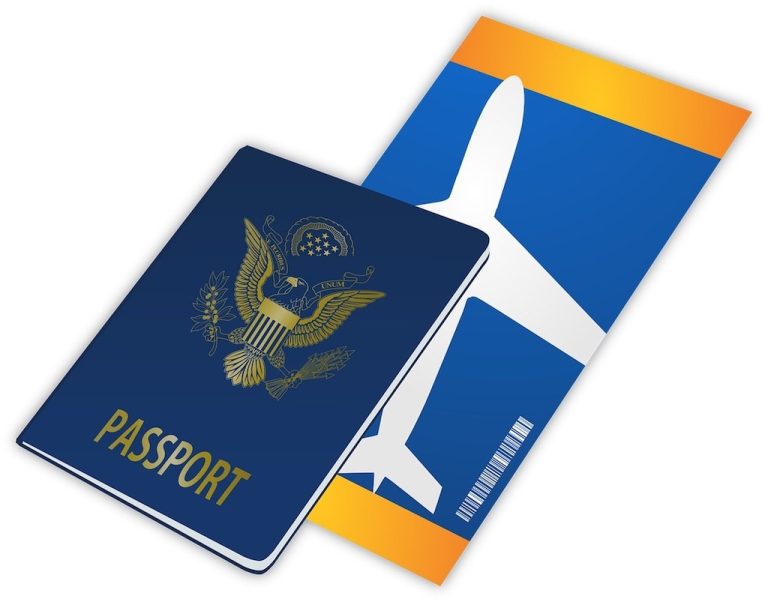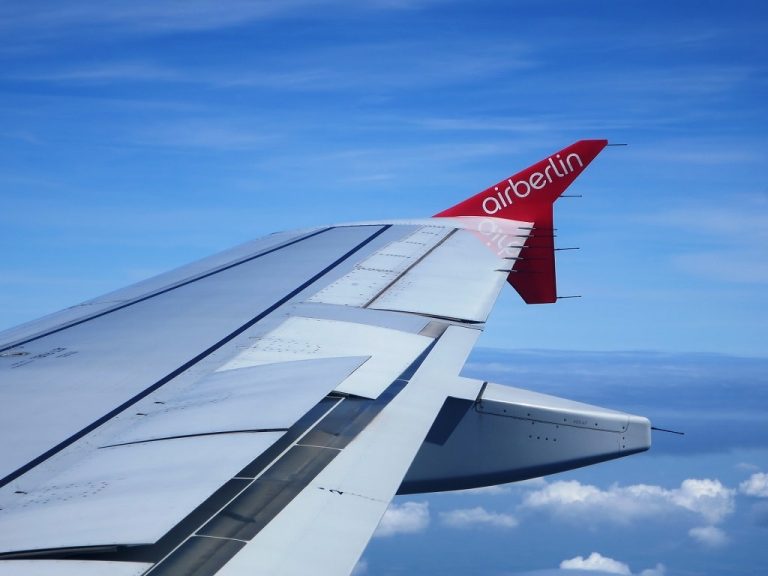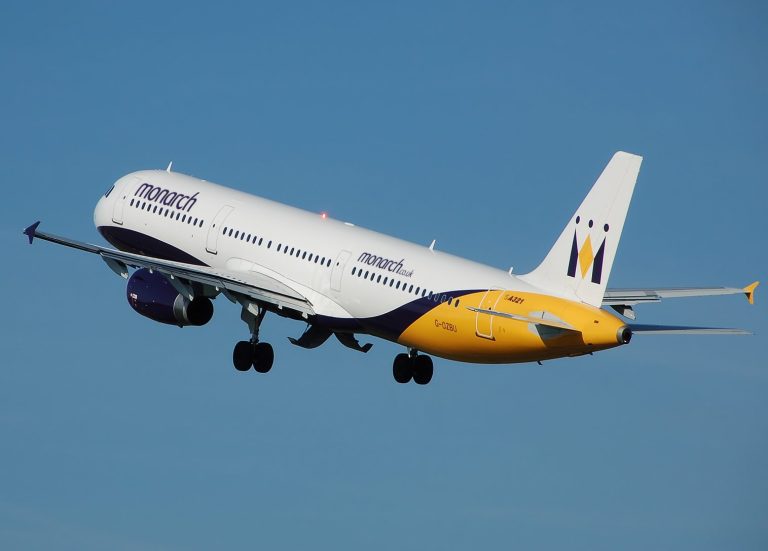On my last trip to Miami, I tried budget airlines again. As a frequent traveler, flying cheap lets me stretch my vacation budget further. It’s exciting to save on flights. Imagine using those savings for an extra beach hotel night or a fancy dinner!
Navigating cheap air travel takes smart planning though. Many budget airlines have low base fares but charge for extras beyond a small personal item. If you’re not careful, these extra costs can pile up, eating into your savings.
For example, on Spirit Airlines, I knew Wi-Fi cost $3.99 for basic and $6.99 for streaming quality. I downloaded shows beforehand and brought my own snacks. Budget airlines often skip free food or drinks. This planning meant I avoided extra flight costs.
Knowing budget airlines’ policies and fees lets you save money while traveling. It matters whether you join a loyalty program like Free Spirit or use the right credit card. These provide benefits like airline fee credits and easier security checks. Being informed helps you make the most of cheap flights.
Key Takeaways
- Research airline policies on personal items to dodge additional baggage fees.
- Bring your own snacks and beverages to avoid in-flight costs.
- Pre-download entertainment to save on costly inflight Wi-Fi services.
- Utilize credit card benefits like airline fee credits and TSA PreCheck coverage.
- Join loyalty programs to earn points and enjoy exclusive perks.
- Plan to check in online to avoid airport check-in fees.
Understanding the Basics of Budget Airlines
Budget carriers, or ultra-low-cost carriers, make flying more affordable. The Airline Deregulation Act of 1978 kickstarted the growth of these airlines. Southwest Airlines, started in 1967, became the biggest low-cost airline after 1979. While some, like Air Florida, didn’t last past the 1980s, others including Allegiant Air and Frontier thrive today.
Big airlines like Qantas, Air Canada, and Singapore Airlines have created cheaper subsidiaries. Meanwhile, budget airlines such as JetBlue, Spirit, and Ryanair stick to low costs. They start with a basic fare. Then, passengers can pay more for extras like bags, seats, and onboard perks.
Budget airlines don’t usually partner with others. This means no sharing of frequent flyer benefits. For example, Southwest lets you bring carry-ons for free. JetBlue gives you lots of legroom, some of the most among budget flights.
These airlines fly to many places. Virgin America flies to over 115 places, EasyJet to about 800 in Europe, and Air Asia to more than 120. Even though tickets are cheaper, extra fees for things like seat choice can add up. Knowing this ahead of time can save you money and make your trip better.
Tips for Packing Smart to Avoid Fees
Flying on budget airlines means it’s smart to dodge baggage fees. We’ll share tips to help you pack within limit. That way, your trip remains affordable.
Bring Only a Personal Item
To skip baggage fees, just bring a personal item. Many budget flyers allow a bag up to 18x14x8 inches. It has to fit under the seat in front.
Pack wisely in this bag to avoid extra costs. Avoiding carry-on or checked bags saves almost $80 each way.
Wear Your Bulkiest Clothes
Wearing heavy and big items saves space. Think jackets, boots, and sweaters. This method frees up space for other essentials in your bag.
By doing so, you meet airline bag limits. Also, using packing tricks really helps.
Use Space-Saving Packing Techniques
Packing smart is key. Roll your clothes and use cubes to keep things tidy and compact. Choose clothes that mix and match easily for more outfits.
Go for solid toiletries to dodge the liquid rules. This strategy creates more room. And you stay organized.
Choose dark clothes. They hide dirt, reducing how many outfits you need. Make space for souvenirs and buy toiletries later. Your journey can be cheap and smooth.
Strategies for Saving on Inflight Services and Amenities
Planning ahead is key to saving money on flights. This is especially true for inflight services on budget airlines. Remember these tips to keep your journey both fun and affordable.
Bring Your Own Snacks and Water Bottle
Budget airlines often have pricey food and drinks. To avoid these, bring your own snacks. Pack snacks and an empty water bottle to fill past security. This move saves money and lets you pick what you eat and drink.
Pre-Download Entertainment
Budget airlines might charge extra for entertainment. Save money by downloading movies, shows, music, or ebooks before you go. Don’t forget a portable charger to keep your devices on. This ensures you’re entertained, without extra costs.
These simple steps can boost your comfort without denting your wallet. By bringing snacks and entertainment, your flight becomes better and cheaper. Paying attention to small things and planning ahead helps stretch your travel budget.
Maximizing Comfort on Budget Flights
Flying on budget airlines usually means less comfort. This is because of tight seats and little legroom. Most times, these seats have one or two inches less legroom than average.
Still, you can make your flight better with some smart choices. Bringing a travel pillow and dressing in layers helps with the cabin’s temperature. A neck pillow can really help your comfort, especially on long flights.

Spirit Airlines has seats priced from $1 to $250. This lets passengers pick seats that are more comfortable. Feeling good on a flight often comes from simple things. For example, sitting properly can stop you from getting stiff. And wearing loose clothes helps with the tight legroom.
Joining loyalty programs like Spirit’s can give you great perks. One good perk is getting exit row seats for free, which have more legroom. These benefits can make your flight experience much better, despite the small spaces on budget airlines.
Lastly, think about using things like noise-canceling headphones or earplugs. They help block out plane noise. And an eye mask can make sleeping easier. These small changes can improve your flight experience, making you feel more rested when you arrive.
How to Navigate Hidden Fees
Flying with budget airlines means you’ll face hidden fees. Knowing how to handle these fees keeps your costs low. Here are strategies to spot and dodge extra charges.
Understand Baggage Policies
Baggage policies are a big source of hidden fees. For example, Spirit Airlines charges $31 to $64 for carry-ons. Allegiant Air asks for $15 to $75. Most big airlines want about $25 for checked bags. Being aware of these costs helps you pack wisely. This way, you avoid paying more.
Always check the airline’s baggage policy before you start packing. It can save you money on these fees.
Know the Cost of Seat Selection
Choosing your seat can cost extra. Allegiant and Spirit charge up to $23. Other airlines, like Delta and Alaska, only charge for changes made on the same day. They ask for $75 and $50, respectively. Knowing these charges helps you budget and avoid surprises.
Check-in Online to Avoid Extra Charges
Hidden fees can appear during check-in too. Spirit charges $25 to print your boarding pass at the airport. Allegiant charges $5. Checking in online avoids these charges. Airlines may offer lower fares or benefits to online check-ins. It’s both smart and saves money.
By knowing the baggage policy, understanding seat selection fees, and checking in online, you can beat hidden fees. This way, you keep extra costs low and get the most from your budget for travel.
Leveraging Loyalty Programs and Credit Cards
I’ve learned that using loyalty programs and airline credit cards boosts my travel rewards. Joining these programs offers airline perks like free seat choice and checked bags. This makes travel better. For instance, Free Spirit and Frontier Miles give frequent flyers more benefits.
Airline credit cards are a key part of my travel strategy. They give flight vouchers, credits for fees, and TSA PreCheck. This makes airport time shorter. The usual $95 yearly fee is worth it because the perks, like big sign-up bonuses, add up. For example, Marriott offers a sign-up bonus of 75,000 points, which adds a lot of value to trips.
Using travel rewards smartly has saved me a lot. I saved over $6,500 on a trip to New York City and Italy with points. I spent 47,306 Chase Ultimate Rewards points on flights. And 25,000 points per night at the Hyatt Centric Times Square. This place usually costs over $500 a night.
On the same trip, 5,363 points got me an airport pickup in Rome. This shows how useful these programs are.
Getting involved in loyalty programs and using airline credit cards lets me travel more for less. I’ve earned round-trip tickets with just 115,000 points. And, I’ve enjoyed cooking classes in Verona, Italy. These strategies turn regular trips into amazing journeys.
The Advantages and Disadvantages of Budget Airlines
When we look at budget travel analysis, it’s evident that budget airlines have tickets starting at $50 for one way. This can mean big savings, up to 80%, for those who book early. Traveling becomes more affordable. Budget carriers also often have newer planes. This boosts budget carrier safety and brings modern travel tech.
But, there are downsides to these savings. Baggage rules are strict, with limits on size and weight for hand luggage. This can be tricky for some travelers.
Most budget airlines do not offer refunds for missed flights
This could lead to money loss if your plans suddenly change.
The pros and cons also affect how these airlines run. They don’t assign seats ahead of time. So, to sit together, passengers need to arrive early. Also, they cut costs by flying off-peak, leading to less convenient flight times.
Besides, budget airlines often land at smaller airport choices farther from big cities. While it might be fun to explore, it also means more travel costs to and from these airports. Plus, they fly fewer routes, making their schedules tight.
Another point worth mentioning is the
lack of connected flights
by most budget carriers. Transferring between flights becomes hard. This is a major issue for longer trips with multiple legs.
Budget airlines might advertise low fares, but watch out for hidden charges. Things like boarding pass printing fees or baggage checks. Also, extras like snacks, drinks, and Wi-Fi might cost more. This can make the overall service feel less complete compared to traditional airlines.
In the end, budget airlines usually have tougher policies on flight cancellation. If a flight is canceled, don’t expect a refund. This adds another risk for travelers.
Conclusion
Flying with budget airlines can save you a lot of money. This allows travelers with tight budgets to fly cheaply and explore more places. By knowing about the extra fees and rules, you can choose wisely to enjoy a low-cost flight without surprises. Budget airlines have made flying easier for families, students, and anyone looking for cheap travel options.
To make the most out of budget airlines, plan your trips wisely. These airlines keep their ticket prices low by offering fewer free services. But, they also have frequent sales and discounts. If you’re flexible with when and where you travel, you’ll likely find some amazing deals.
Even though there are extra charges like for checking in bags, meals, and choosing seats, flying budget can still be a lot cheaper than traditional airlines. It’s important to know about these extra costs and plan your budget. While budget airlines might not be as comfy as the bigger ones, the money you save can make it worth it. Using loyalty programs and planning for extra charges helps you enjoy budget flights without breaking the bank.




![The Art of Slow Travel: See the World and Savor the Journey On a Budget [An Unusual Travel Guide]](https://m.media-amazon.com/images/I/41GdnADl8IL._SL160_.jpg)






